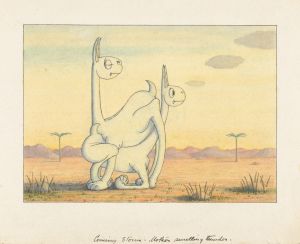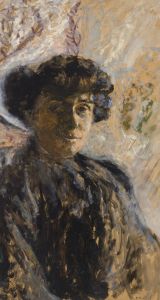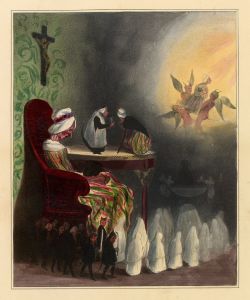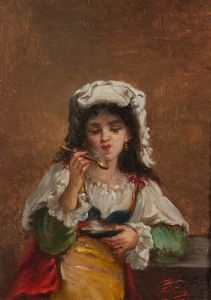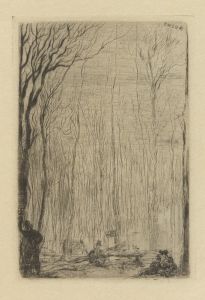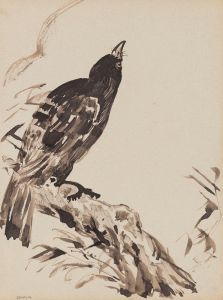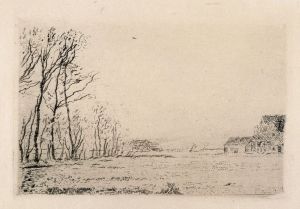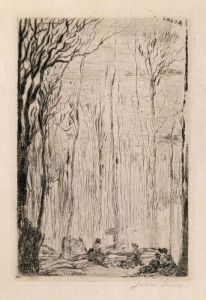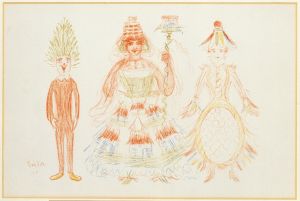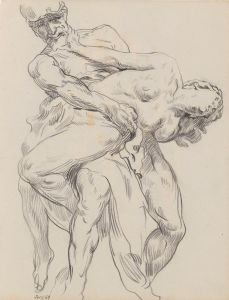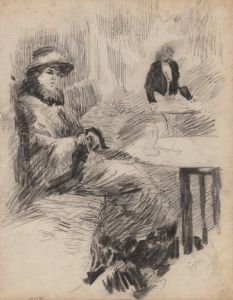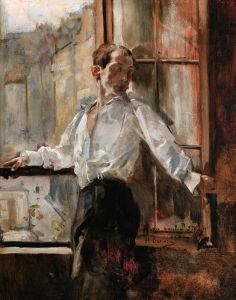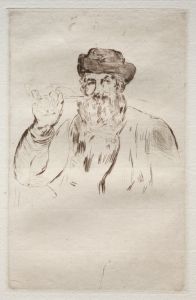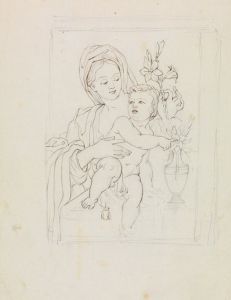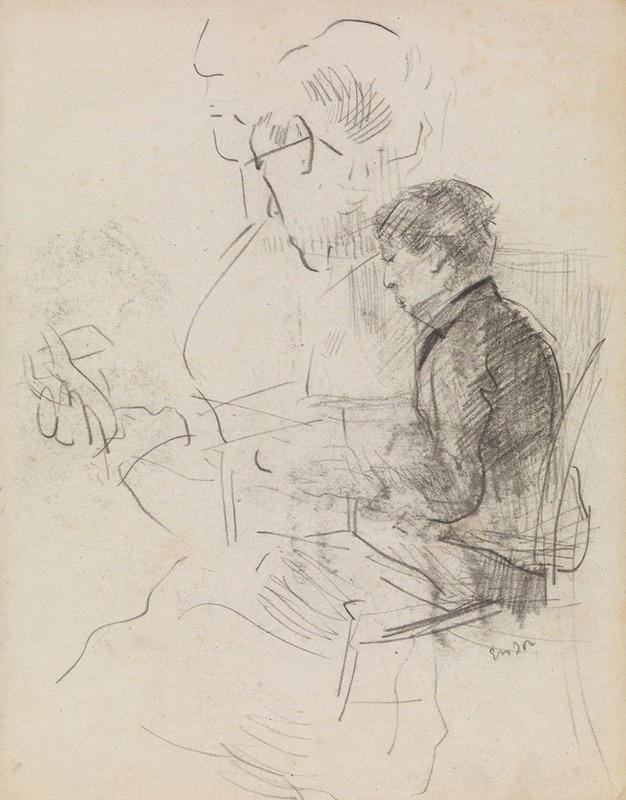
Ensor’s Mother
A hand-painted replica of James Ensor’s masterpiece Ensor’s Mother, meticulously crafted by professional artists to capture the true essence of the original. Each piece is created with museum-quality canvas and rare mineral pigments, carefully painted by experienced artists with delicate brushstrokes and rich, layered colors to perfectly recreate the texture of the original artwork. Unlike machine-printed reproductions, this hand-painted version brings the painting to life, infused with the artist’s emotions and skill in every stroke. Whether for personal collection or home decoration, it instantly elevates the artistic atmosphere of any space.
James Ensor's Ensor’s Mother is a portrait painted by the Belgian artist James Ensor, a prominent figure in the Symbolist and early Expressionist movements. The painting depicts Ensor's mother, Maria Catherina Haegheman, who played a significant role in the artist's life and career. Ensor often drew inspiration from his immediate surroundings, and his family members frequently appeared as subjects in his works.
The portrait is notable for its intimate and personal nature, reflecting Ensor's connection to his mother. Painted in a realist style, Ensor’s Mother showcases the artist's skill in capturing the human figure and his attention to detail. The work is characterized by a subdued color palette and a focus on the sitter's facial expression, emphasizing her individuality and presence. Unlike some of Ensor's later works, which are known for their vibrant colors and fantastical imagery, this painting is more restrained and traditional in its approach.
James Ensor was born in Ostend, Belgium, in 1860 and spent most of his life there. His family owned a curiosity shop, which influenced his artistic development by exposing him to a variety of objects and visual stimuli. Ensor's mother managed the shop, and her role in the household likely contributed to the close bond between mother and son. This familial connection is evident in the care and attention Ensor devoted to this portrait.
While Ensor’s Mother is not as widely recognized as some of Ensor's more famous works, such as Christ's Entry into Brussels in 1889, it provides insight into the artist's early style and his ability to convey emotion through portraiture. The painting is an example of Ensor's exploration of traditional themes before he transitioned to the more experimental and symbolic works for which he is best known.
The exact date of the painting and its current location are not widely documented, but it remains an important piece within Ensor's body of work. It reflects his artistic roots and his capacity to depict the human form with sensitivity and depth.





